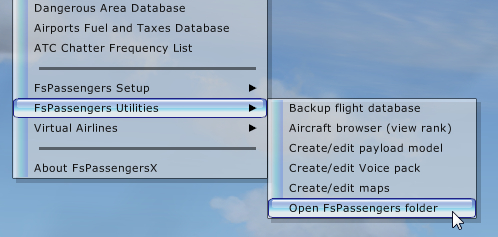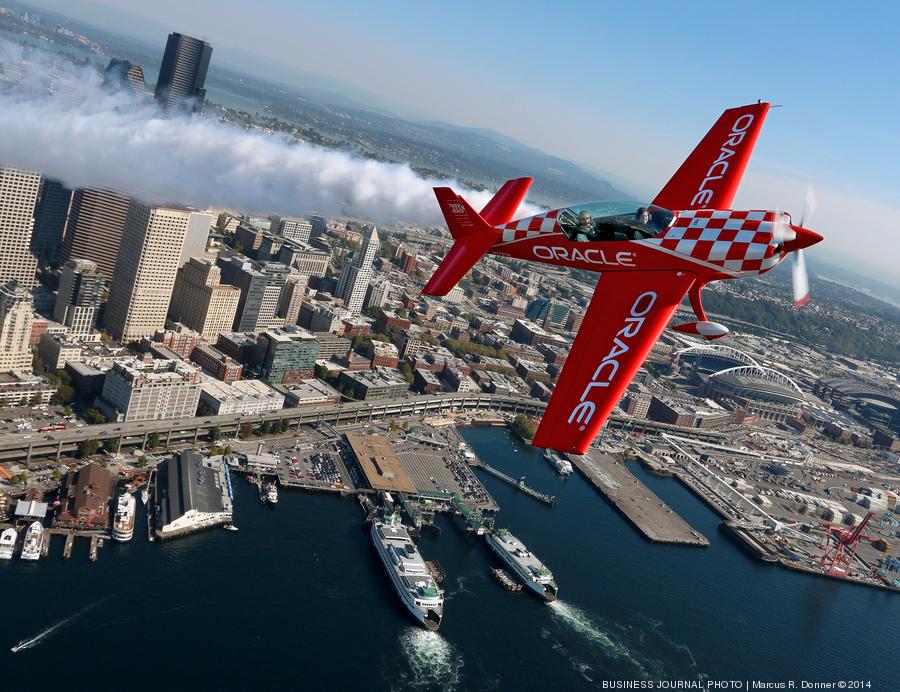

This figure is sometimes called a stall turn which is a misnomer because the aircraft never actually stalls. (Low, positive g maneuver can be performed in all aircraft.)ĥ/8s of a loop to the 45 degree line, 1/2 roll,3/4s of a loop to the 45 degree line, 1/2 roll, 1/8s of a loop to level flight (half of the Cuban Eight is called a "half Cuban Eight", and the figure can be flown backwards, known as a "Reverse Cuban Eight").ġ/4 loop (pull or push) to vertical, as momentum/airspeed decreases, rudder is applied and the aircraft rotates around its yaw axis, the nose falls through the horizon and points towards the ground, a momentary pause is made to draw the vertical down line, and 1/4 loop to level flight. The small arrow indicates a rolling maneuver.Ĭonsists of a maximum climb, maximum bank combination to obtain the greatest altitude gain for a given airspeed and at the same time making a 180° course reversal. Inverted flight ( negative g) is depicted by dashed red lines. Reading the diagrams, a figure begins at the small solid circle and ends at the short vertical line. Not all the figures are competition figures, and so some do not have diagrams to accompany the description. Where appropriate, the Aresti Catalog symbols have been included. Most of these can be entered either erect or inverted, flown backwards or have extra rolls added. It is also known as a "tailslide", from the yawing turn, which is different from the typical method of turning an aircraft in the pitch axis. The aircraft gains speed, and the pilot continues and returns to level flight, travelling in the opposite direction from which the maneuver began.

The pilot then use the rudder to rotate the aircraft around its yaw axis until it has turned 180deg and is pointing straight down, facing the direction from which the aircraft came. four short 90 degree rolls will bring the aircraft back to its upright position).Ī spin is more complex, involving intentionally stalling a single wing, causing the plane to descend spiraling around its yaw axis in a corkscrew motion.Ī Hammerhead (also known as a stall turn) is performed by pulling the aircraft up until it is pointing straight up (much like the beginning of a loop), but the pilot continues to fly straight up until their airspeed has dropped to a certain critical point.

It can be done in increments of 360 degrees (i.e. It can be visualized as making a loop of ribbon, hence the name it is given (there is an animation depicting a loop on the bottom of this page).Ī roll is simply rotating the plane about its roll axis, using the ailerons. A loop can also be performed by rolling inverted and making the same maneuver but diving towards the ground. The pilot will be inverted (upside down) at the top of the loop. Most aerobatic figures are composites of these basic maneuvers with rolls superimposed.Ī loop is when the pilot pulls the plane up into the vertical, continues around until they are heading back in the same direction, like making a 360 degree turn, except it is in the vertical plane instead of the horizontal. Nearly all aircraft are capable of performing aerobatics maneuvers of some kind, although it may not be legal or safe to do so in certain aircraft.Īerobatics consist of five basic maneuvers: Aerobatics can be performed by a single aircraft or in formation with several others. The UK Utterly Butterly display team perform an aerobatic maneuver with their Boeing Stearmans, at an air display in EnglandĪerobatic maneuvers are flight paths putting aircraft in unusual attitudes, in air shows, dogfights or competition aerobatics.


 0 kommentar(er)
0 kommentar(er)
